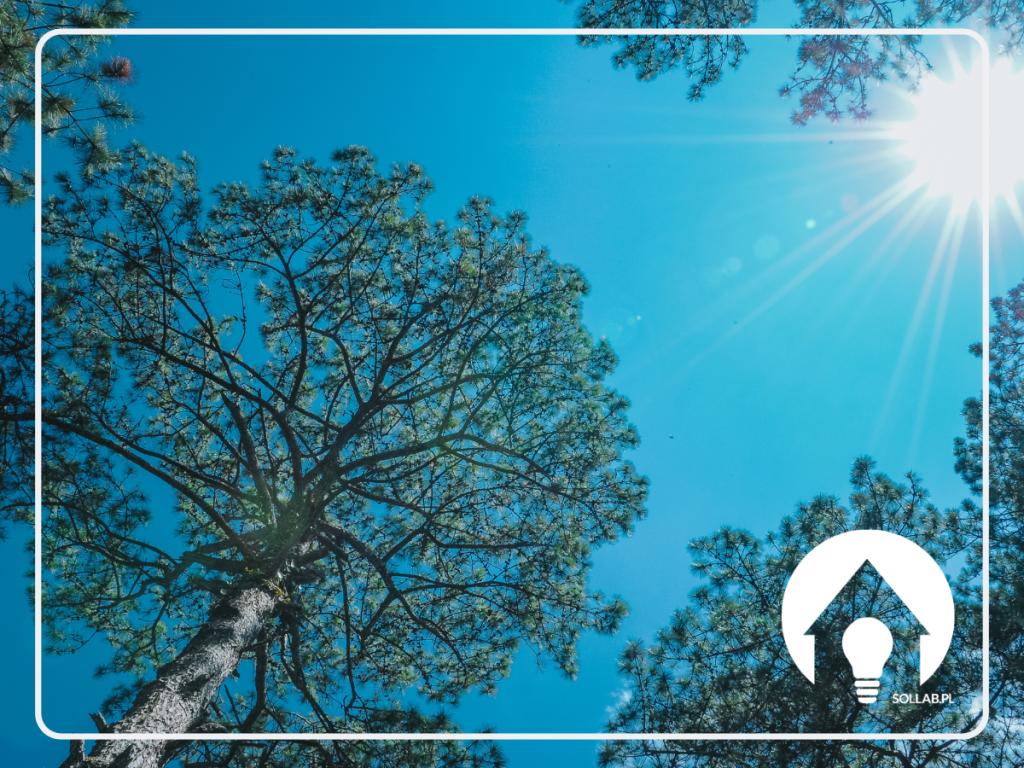Rising electricity and heating prices mean that current PV users are increasingly opting to expand their current solar power plant. The extension is gaining in popularity because it affects the daily increase in electricity consumption if the heating in the building is changed, e.g. to a heat pump or additional electronic equipment. In such a situation, an extension of the installation is fully justified. However, is it always necessary? What are the benefits of increasing the capacity of a PV installation? What does an extension look like?
In the following article, we dispel your doubts. We invite you to read the rest of the post!
Can photovoltaic installations be expanded?
Of course, there is no objection to this. To be as cost-effective as possible, a photovoltaic installation should be ideally suited to the individual needs of the residents. Initially, many investors opted for a small number of panels. However, The changing situation on the raw materials market and inflation are making it increasingly common nowadays to take decisions on plant expansion.
Electricity consumption is steadily increasing. This phenomenon also extends to prosumers, who, using the energy they produce, cease to save electricity by buying more energy-consuming appliances - such as the heat pumps or air conditioning.
Professional photovoltaic companies therefore take into account both the current energy consumption of the home or business and also future planned investments when selecting the power of the PV installation. However, if the power has been insufficiently estimated, then the current installation can be expanded.
Extension of the installation and additional equipment
Expanding a photovoltaic installation does not always just involve adding more panels. This is sufficient if the rest of the equipment that makes up the overall system allows it. When deciding to add new panels, the first thing to look out for is whether you have an inverter of sufficient capacity. Without an inverter, it would be impossible to use the current produced by the panels to power electrical appliances in the house, and if it is unsuitable for the size of the installation, it may not be able to process large amounts of direct current.
It would seem best to buy a very powerful inverter so that adding photovoltaic panels turns out to be the only action required. However, it turns out that an inverter that is underloaded loses efficiency by up to a few percent. This is why it is necessary to select an inverter for a photovoltaic micro-installation that is matched to the maximum power generated by the photovoltaic panels.
The only limitation may be the roof area, although this is where ground-mounted installations come to the rescue. Such a solution makes it possible to expand and install photovoltaics even in places where the roof is unfavourably located in terms of sun exposure.
Is it worth extending a photovoltaic installation?
This decision should be made on a case-by-case basis, taking into account specific conditions, needs and financial factors. It is advisable to carry out a thorough cost-effectiveness analysis, taking into account all costs and benefits, before deciding to expand a photovoltaic installation. It is also advisable to consult with renewable energy professionals who can provide a sound technical assessment and advice on the expansion.
















